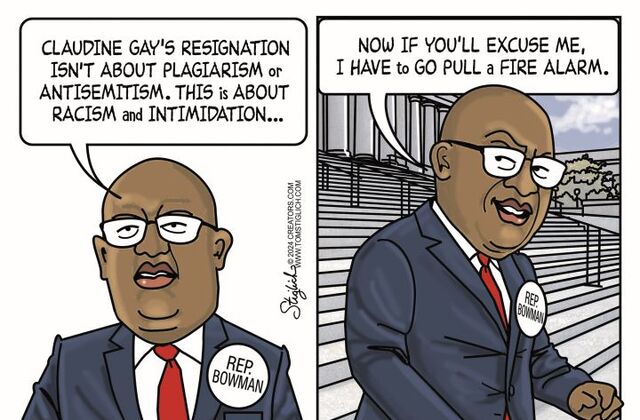[ad_1]
on passengers Japan Airlines Flight 516 As their pilot reached final approach, they were gearing up and ready to land at Tokyo’s Haneda Airport. After receiving instructions from air traffic control to land the jet on Runway C, the pilot repeated, “Cleared for landing.”
About two minutes later, the Airbus A350 taking off from New Chitose Airport near Sapporo burst into an orange fireball while taxiing on the runway, with gray smoke billowing from the sides.
Manabu Kotake, a Sapporo resident visiting Tokyo, felt a loud bang and initially thought the plane had touched down with a thud. He looked out the window and saw flames, then smelled burning. Kotek, sitting near the engine, saw it break down.
“I panicked and thought I wouldn’t survive,” he told Japanese news agency Jiji Press.
According to a transcript of traffic control communications, the A350 collided with a much smaller coast guard aircraft that had received permission to approach the same runway but was not permitted to take off. minutes ago Tuesday’s accident. Experts say neither the JAL pilots nor air traffic controllers would have realized that the Bombardier Dash-8 had already entered Runway C by the time the plane came in.
political cartoon

While investigators focused on how traffic control communicated with the two planes during the busy holiday travel period, the bigger question so far has been why the Coast Guard plane was there.
The pilot of a Coast Guard plane on a mission to deliver relief supplies to earthquake survivors in central Japan was rescued with severe burns, but the five crew members were killed. All 379 passengers and crew of Flight 516 survived after an 18-minute evacuation.
after them safe escape Below the emergency slopes, some passengers have shared details of their harrowing experience with the media.
Television footage captured by a survivor showed flight attendants repeatedly urging passengers to remain calm and leave their luggage behind as they headed toward the nearest of the three usable emergency exits. At first, passengers remained seated, waiting for instructions from attendants, some with their heads down to avoid smoke filling the cabin.
“Please let us out!” A child screams. In another footage, several passengers, including a woman holding a baby to her chest, bend down and carefully cover their mouths and eyes with towels as they move towards the exit.
Tokyo resident Yasuhito Imai, who was returning from his hometown of Sapporo, said children were crying and some people were yelling, but many others remained calm and followed instructions to leave the burning plane on emergency slopes.
He thanked the other passengers and crew members and said to Jiji, “We can go out without any panic.”
Japan Transportation Safety Board investigators recovered flight data and voice recorders from the Bombardier on Wednesday as they examined the remains of the plane, the board said. The investigation has focused on traffic control and communications between each pilot to determine why the two planes were on the same runway.
Both the JAL and Coast Guard pilots have stated that they had permission to use Runway C. The Coast Guard said officials were working to verify the Coast Guard pilot’s alleged claim that he had received clearance to take off.
JAL officials said the A350 pilot reported not seeing Bombardier after receiving authorization for a normal landing. JAL spokeswoman Keiko Miyoshi said the airline’s position is that traffic control never instructed its pilot to abort the landing and instead perform a “go-around.”
Japan’s transport ministry on Wednesday released a transcript of an air traffic control communication about 4 minutes and 25 seconds before the crash. It does not show the Coast Guard aircraft getting the clear green light to take off.
According to the transcript, the control tower allowed the JAL aircraft to land on Runway C and noted without recognizing that there was a departing aircraft. There were two other departing flights standing at that time. According to the transcript, the JAL pilot acknowledged its instructions by repeating “clearance for landing”.
The Coast Guard aircraft said it was taxiing to the same runway, and traffic control instructed it to go to the stop line before the runway. The controller noted that the Coast Guard had priority over departing flights, and the pilot reiterated that he was heading to the stop line. “No. 1, thank you,” the pilot says.
Some experts believe that the use of the term No. 1 reflects the Coast Guard pilot’s misconception that he had permission to approach the runway. Others suspect that the Coast Guard members were in a hurry to depart because of their supply delivery mission.
Two minutes later, there was a three-second pause, apparently indicating the time of impact.
Copyright 2024 The associated Press, All rights reserved. This material may not be published, broadcast, rewritten, or redistributed.
[ad_2]
Source link
